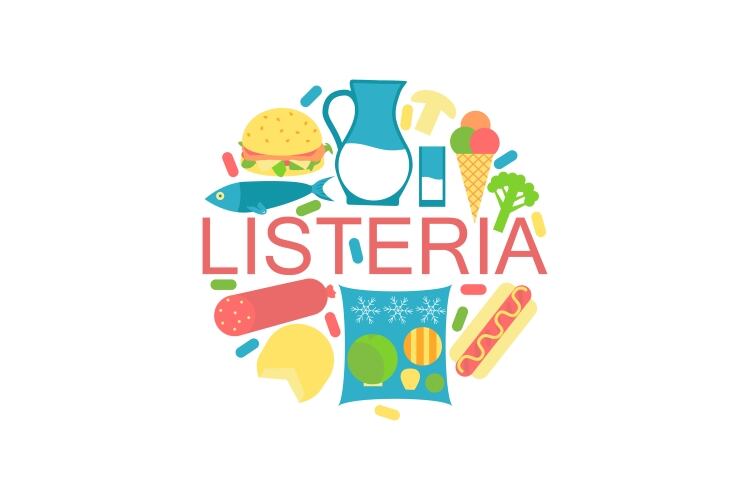L. monocytogenes is a ubiquitous pathogen that can cause morbidity and mortality in immunocompromised individuals. Growth of L. monocytogenes is possible at refrigeration temperatures due to its psychrotrophic nature.
Antimicrobials in dairy products are a potential way to control Listeria growth in processes with no thermal kill step, thereby enhancing the safety of such products.
However, microbial-based enzymes offer a clean-label approach for control of L. monocytogenes. LO is a microbial-derived enzyme with antimicrobial properties that oxidizes lactose into lactobionic acid (LBA) and reduces oxygen, generating H2O2.
The authors said they believe LO is an enzyme many consumers would categorize in the clean-label category because it is commercially produced by a strain of mold, Microdochium nivale. Enzymes from plant or microbial products are often used as coagulants for cheese, so the researchers suggest consumers may view LO as naturally occurring in dairy products.
The study looked at the effects of LO in UHT skim milk using different L. monocytogenes contamination scenarios. The LO treatments were then applied to raw milk with various modifications; higher levels of LO as well as supplementation with thiocyanate were added to activate the lactoperoxidase system (LPDS), a natural antimicrobial system present in milk.
After the efficacy of LO was determined in UHT skim milk, LO treatments were applied to raw milk.
The highest concentration of LO that proved effective in the UHT trials did not have the same effect on L. monocytogenes in raw milk, which the researchers said is likely due to the presence of a diverse microbiota as well as the presence of the LPDS in raw milk.
Concentrations of LO were increased, and the addition of thiocyanate was investigated to supplement the effect of the LPDS against L. monocytogenes. The authors said LO supplemented with TCN were effective and could be leveraged to improve the food safety of dairy products.
The paper said LO treatments significantly reduced the pH of the raw milk due to LBA produced by LO. The scientists said the implications of the pH drop on sensory acceptance of the raw milk or of cheese made from LO-treated raw milk need further investigation.
The researchers said results from the study suggest LO is inhibitory against L. monocytogenes in UHT skim milk and in raw milk. They said LO may be an effective treatment to prevent L. monocytogenes outgrowth, increase the safety of raw milk, and be used as an effective agent to prevent L. monocytogenes proliferation in fresh cheese and other dairy products such as yogurt.
Journal of Dairy Science
Lactose oxidase: An enzymatic approach to inhibit Listeria monocytogenes in milk
Brenna T. Flynn, Sarah M. Kozak, Marie R. Lawton, Samuel D. Alcaine

